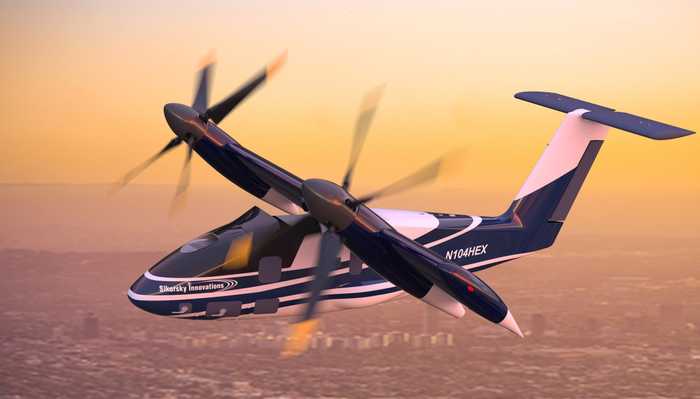Published 07:18 IST, May 25th 2024
Northrop, Sikorsky Among Six Selected for DARPA's Vertical Takeoff Drone Project
This initiative aims to create drones that can operate from Navy ships without requiring large mechanical launchers or specialized recovery equipment.
- Defence
- 3 min read
Pentagon: The Defense Advanced Research Projects Agency (DARPA) has taken a significant step forward in its quest to develop an experimental, lightweight drone capable of vertical takeoff and landing from ships. This initiative, known as the Advanced Aircraft Infrastructure-Less Launch and Recovery (ANCILLARY) program, has seen six companies selected to refine and develop their innovative drone designs. The selected firms—AeroVironment, Griffon Aerospace, Karem Aircraft, Method Aeronautics, Northrop Grumman, and Lockheed Martin’s Sikorsky—represent a blend of major defence contractors and smaller aeronautics companies.
DARPA's ANCILLARY program aims to create a drone that can be deployed and retrieved from Navy ships without the need for large mechanical launchers or landing and recovery equipment. These drones are envisioned to carry out various missions, including cargo transport, intelligence, surveillance, reconnaissance (ISR), and tracking and targeting enemies beyond a ship’s line of sight. The ability to operate from ship decks or rough surfaces in most weather conditions and perform like a winged aircraft while carrying significant payloads and covering long distances are key requirements for drones.
Program Phases and Selection Process
“The goal of ANCILLARY is to increase small vertical takeoff-and-landing uncrewed aerial system [or UAS] capabilities by a factor of three over the current state-of-the-art flying today,” stated DARPA program manager Steve Komadina.

In June 2023, DARPA invited nine companies to pitch their initial concepts for the ANCILLARY program. After a thorough evaluation, the list was narrowed down to six firms. These companies will now enter a 10-month phase focused on reducing the risks associated with their designs and conducting hover tests of their proposed aircraft elements. Upon successful completion of this phase, the companies will submit proposals to advance to the next stage, which includes fabrication and flight testing. Formal flight tests of the overall design are expected to commence in early 2026.
Company-Specific Approaches
Northrop Grumman: Christopher Harris, the program manager for Northrop's ANCILLARY effort, highlighted the integration of autonomous capabilities, vertical takeoff and landing, and long-endurance aircraft design in their proposal. Northrop’s drone will feature a dual-rotor system for takeoff and landing and an additional rotor for forward flight. The aircraft is designed to carry 60-pound payloads, fly 100 nautical miles, and endure 20-hour missions. Harris emphasized the drone's capability to operate in adverse sea conditions and highly contested environments.
Lockheed Martin’s Sikorsky: Sikorsky's design, described as a “rotor blown wing,” takes off vertically like a helicopter and transitions to horizontal flight. Igor Cherepinsky, director of Sikorsky Innovations, noted that their drone uses an articulated rotor system akin to traditional helicopters and incorporates Lockheed’s autonomous MATRIX technology. Currently, a battery-powered version is undergoing flight tests, with plans for a hybrid electric model capable of carrying a 60-pound ISR payload.
Method Aeronautics: In collaboration with Sierra Nevada Corp. and Bechamo, Method Aeronautics is developing a drone with a unique approach to vertical takeoff and landing. The design aims to enhance the efficiency and robustness of Group 3 UAS, which weighs under 1,320 pounds and can reach speeds of up to 250 knots. Method Aeronautics views this program as pivotal in expanding the use of VTOL UAS by U.S. forces globally.
The ANCILLARY program holds promise not only for the Navy and Marine Corps but also for the Army, Air Force, Coast Guard, and U.S. Special Operations Command. The drones developed under this initiative are expected to revolutionize ship-based operations, providing versatile and resilient platforms for a variety of missions.
Updated 07:18 IST, May 25th 2024